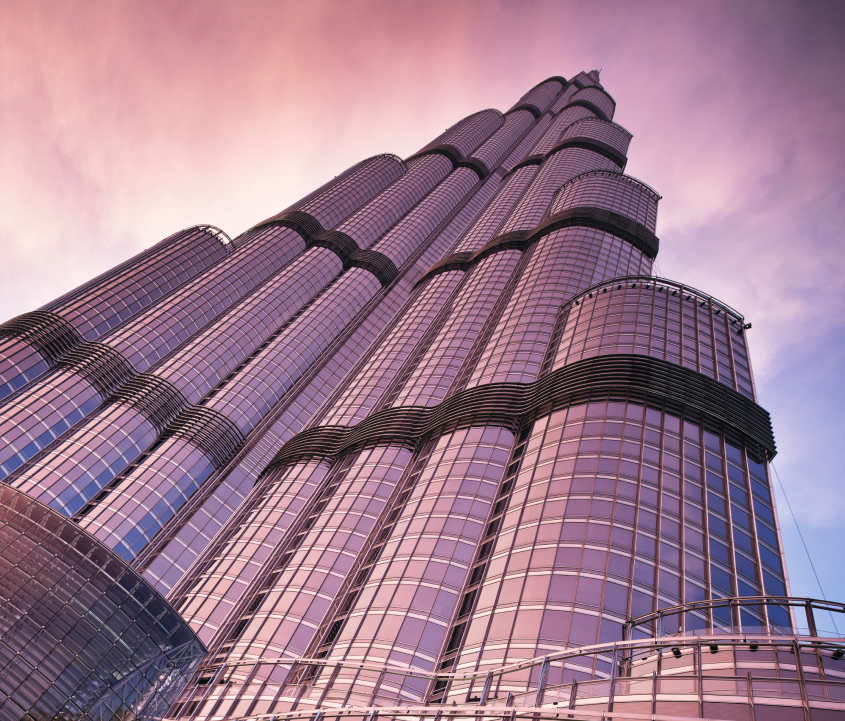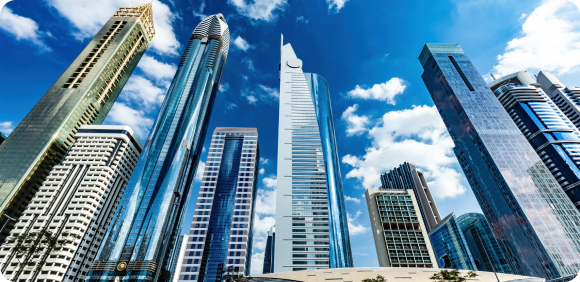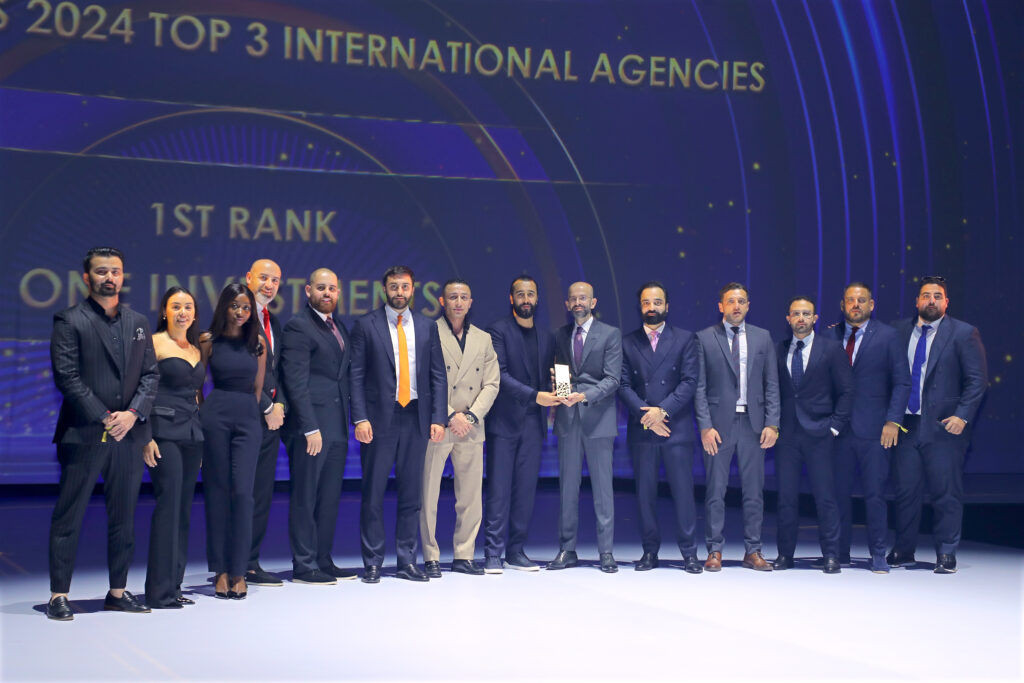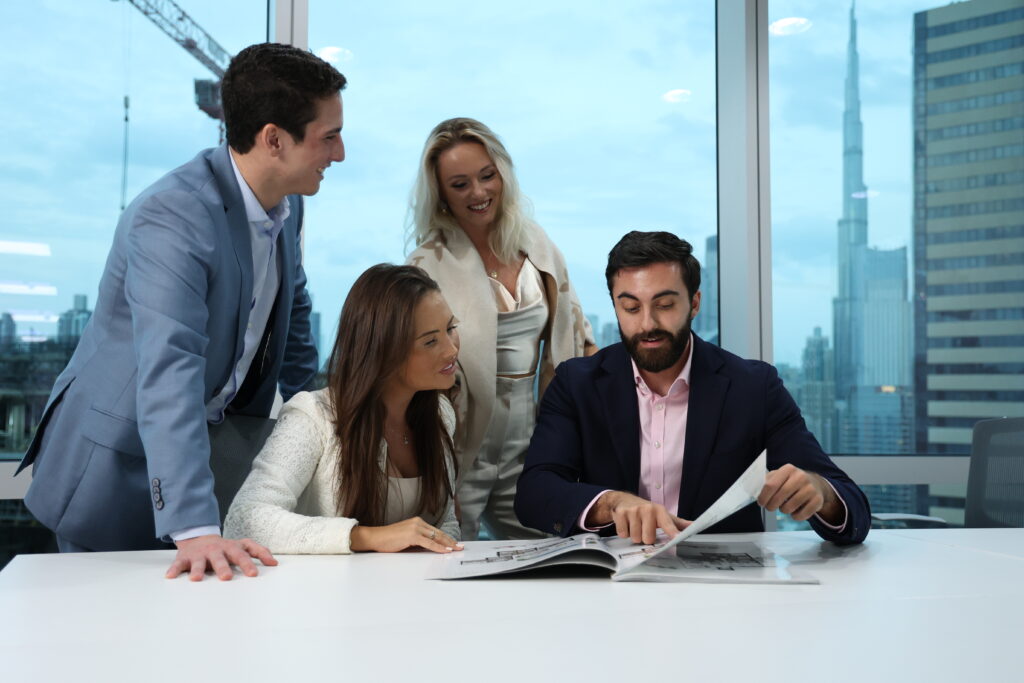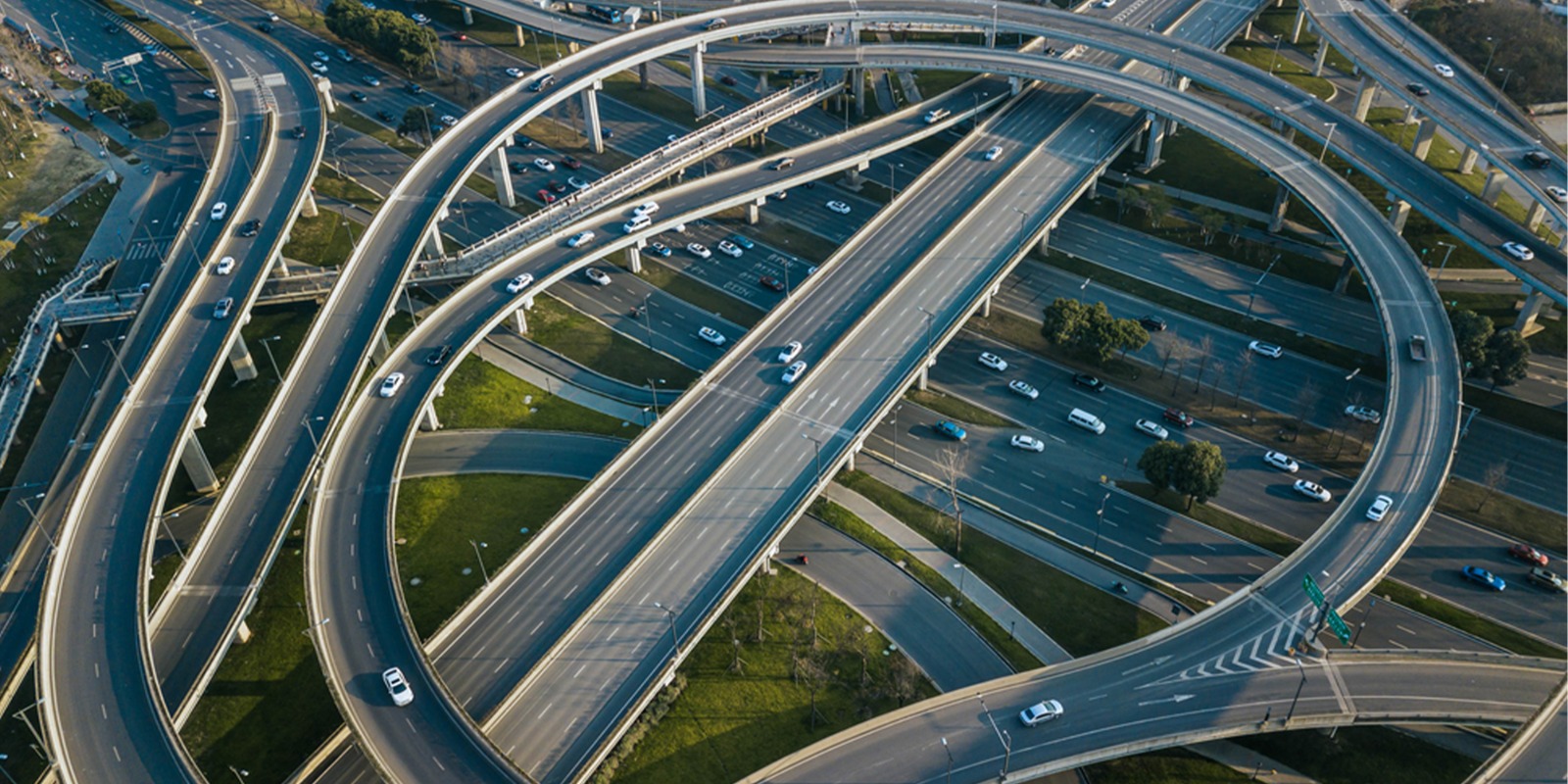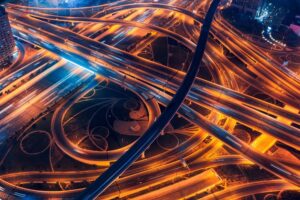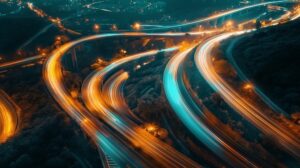2025 has been a year of momentum for Dubai, with the city once again reaffirming its reputation as one of the world’s most forward-looking urban centres. Known for its vision-driven growth and ability to anticipate the needs of tomorrow, Dubai continues to invest in infrastructure that keeps its economy competitive.
One of the most significant steps forward this year is the Roads and Transport Authority’s ambitious programme of upgrades spanning 103 kilometres across eight key districts.
The completion of works in Al Khawaneej 2 (Tolerance District) and Jebel Ali Industrial Area underscores Dubai’s commitment to building efficient, sustainable, and community-oriented transport infrastructure. In Al Khawaneej 2, six kilometres of new internal roads have been added, supported by 765 roadside parking spaces, 178 lighting poles, and a dedicated cycling track, a blend of functional upgrades and lifestyle enhancements.
Over in Jebel Ali Industrial Area, 27 kilometres of road improvements have been delivered alongside the construction of seven new roundabouts and the transformation of a key junction into a signalised intersection. These changes have significantly increased capacity, enabling the smooth movement of up to 3,000 vehicles per hour on each arterial road in one of Dubai’s most vital industrial hubs.
RTA’s vision does not stop there. Work is now underway across six more neighbourhoods Nad Al Sheba 1, 3 and 4, Al Awir 1, Al Warqa’a, and Wadi Al Amardi with projects designed to expand connectivity, enhance safety, and dramatically reduce congestion. These upgrades include everything from pedestrian walkways and cycling tracks to new entry and exit points linking major highways.
In Al Awir 1 alone, a 7.5km road connection to Emirates Road is set to double road capacity, while in Al Warqa’a, a new exit to Sheikh Mohammed bin Zayed Road is expected to cut travel times on key routes by up to 80%.
In Nad Al Sheba, the scale of development stands out, with 32 kilometres of new roads and 15 kilometres of pedestrian and cycling paths, reinforcing Dubai’s commitment to healthy, walkable, and sustainable urban living. Likewise, in Wadi Al Amardi, 15 kilometres of roads and 1,000 new parking spaces will reshape access while strengthening the area’s role as a growing residential hub.
The Road Ahead
These projects are more than just new roads. They show Dubai’s plan to build a city where transport, daily life, and the economy all work together. The upgrades will not only cut travel times but also make neighbourhoods better connected, strengthen communities, and create a city that is ready for the future.
For international investors, the message is clear: Dubai continues to set the pace for progress. Its market demonstrates resilience, and infrastructure remains the long-term investment that links economic growth with enduring value.
